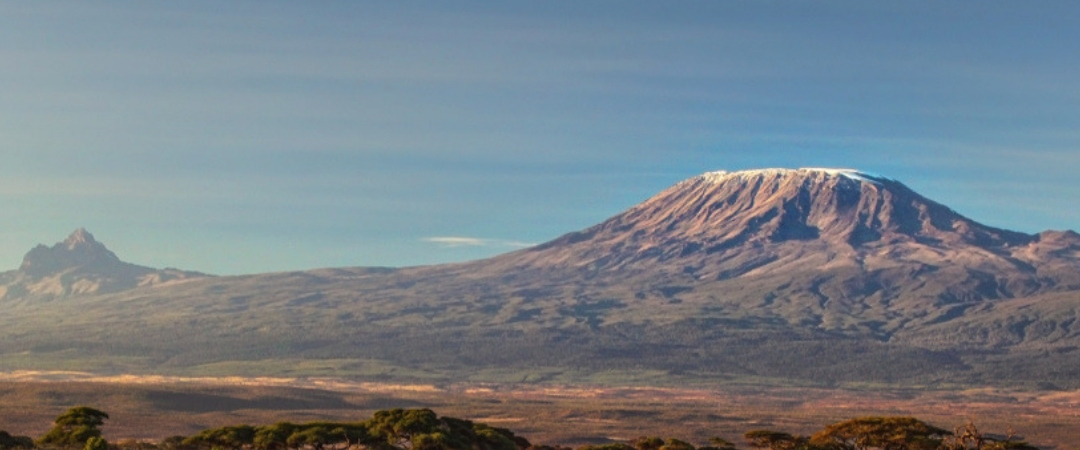Kilimanjaro really is a sight to behold! One of the most famous African landmarks, this dramatic landscape remains a fantastic opportunity for climbers and mountaineers to scale the heights of the African plains, and a wonderful chance for animal lovers to spy some of the most spectacular wildlife across famous safari landscapes. It’s a truly enormous natural structure, and as such, it’s always likely to draw in photographers and avid climbers alike. Take a look below for 30 amazing and fun facts about Kilimanjaro.
1. Mount Kilimanjaro is the tallest free standing mountain on the planet. It is located in East Africa, in the country of Tanzania.
2. Of a type called ’Stratovolcano’, Kilimanjaro is thought to be approximately 3 million years old.
3. The last eruption on Kilimanjaro is thought to have occurred between 150 million and 200 million years ago.
4. There are three volcanic ‘cones’ on Kilimanjaro.
5. Two of the volcanic cones on the mountain are known to be extinct. Their names are Shirl and Mawenzi.
6. The third volcanic cone on Kilimanjaro, is officially on record as being dormant. This means that it could erupt again. This cone is called Kibo.
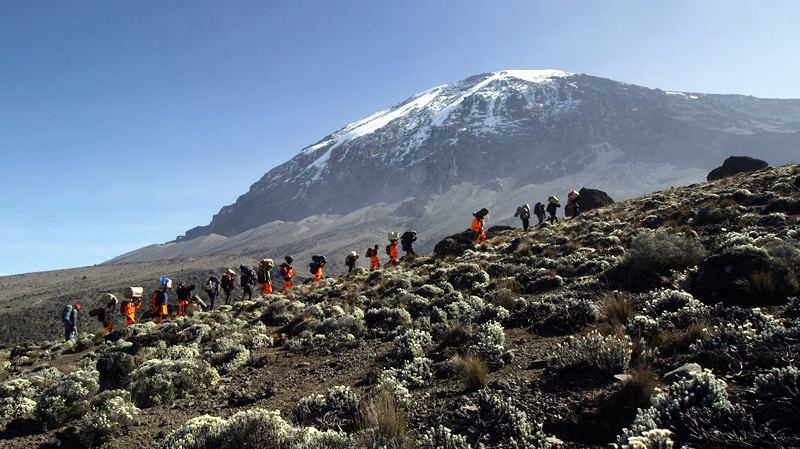
7. The Mountain is snow-capped despite being near the Equator! The reason for this, is that it reaches a height of 5,895 meters (19,341 feet) above sea level.
8. Despite the height of the mountain, climbers are not usually told that supplementary oxygen may be needed. First-timers are advised to climb when the weather is at its best, though those are also the busiest months.
9. The warmest periods and driest periods at Kilimanjaro are between June and October, followed by December to March.
10. The potential to make telephone calls and send text messages from mobile equipment is good here, as Kilimanjaro fortunately has a communication signal over most of its surface!
11. In order to visit and definitely for those who intend to climb, most people require vaccinations. These include Tetanus, Polio, Yellow Fever, Diphtheria, Rabies and for Hepatitis A and Hepatitis B.
12. Whilst there is no particular risk of catching Malaria on Kilimanjaro, the area around it is prone to outbreaks. Therefore, anti-malaria drugs can be obtained close by.
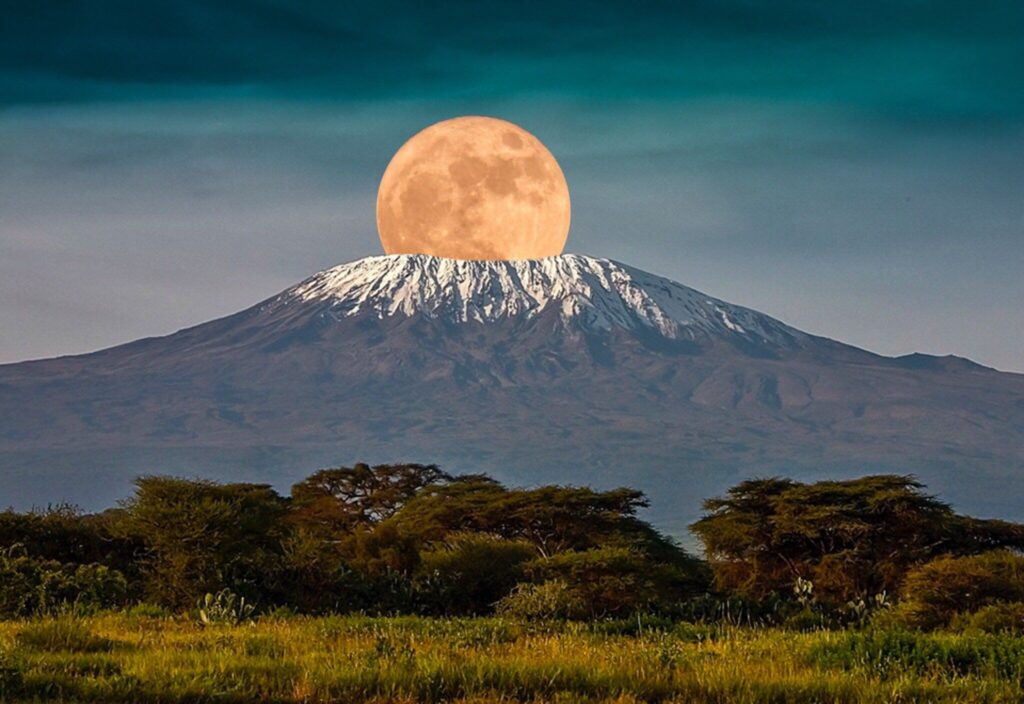
13. There are several hospitals in and around the Kilimanjaro mountains, with a research and referral hospital at the foothills of the mountain.
14. During a normal year, an average 1,000 people who have attempted to climb the mountain have to be rescued!
15. First-time climbers planning to embark on visiting Kilimanjaro are advised to get in good physical shape. Recommended exercises to prepare include strenuous walking, stepping up and down as if walking up and down stairs to gain strength, as well as becoming accustomed to walking with an extra few kilos weight on their back.
16. Altitude sickness can be avoided by planning regular stops for rest, drinking plenty of fluids, and acclimatizing as much as possible in the area before the climb. Trying to remain in a relaxed frame of mind will help, too!
17. In 2019, Anne Lorimor went on record as being the oldest person to climb Kilimanjaro. She was 89 at the time!
18. In 1889, two climbers were noted as being the first to successfully climb the mountain. They were Ludwig Purtcheller and Hans Meyer.
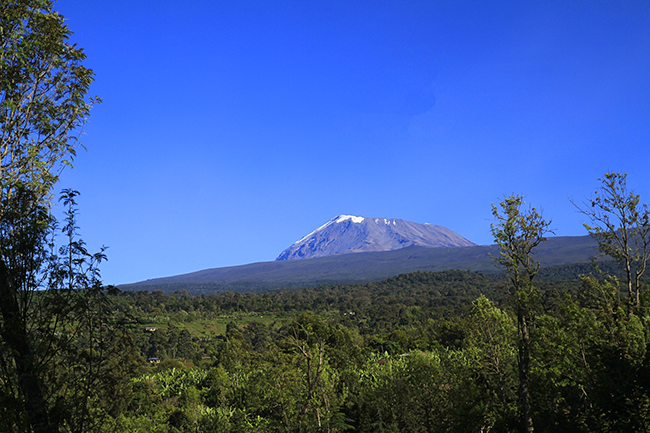
19. The main cause of death on Mount Kilimanjaro, is altitude sickness.
20. In an average year, ten deaths are recorded on the mountain. Falls are also regular occurrences, which can lead to injuries, and can even be fatal.
21. Many animals live on the low slopes of Kilimanjaro. Giraffes, hyenas, blue monkeys, colobus monkeys, warthogs, several types of birds, and even elephants can be seen.
22. Due to the height of the mountain, its proximity to the Indian Ocean and the equator, there are variances in climate and temperature that form several distinct ‘layers’ or zones. These can favor particular types of plants, some of which can only be found on the mountain.
23. Home to the widest variety of plants and animals is the ‘Forest Zone’. The brightly colored ‘Impatiens Kilimanjari’ is the most striking of the plants, with vibrant red and yellow shades.
24. Above the ‘Forest Zone, are ‘Heath’ and ‘Moorland Zones’, where alpine plants and grasses thrive.
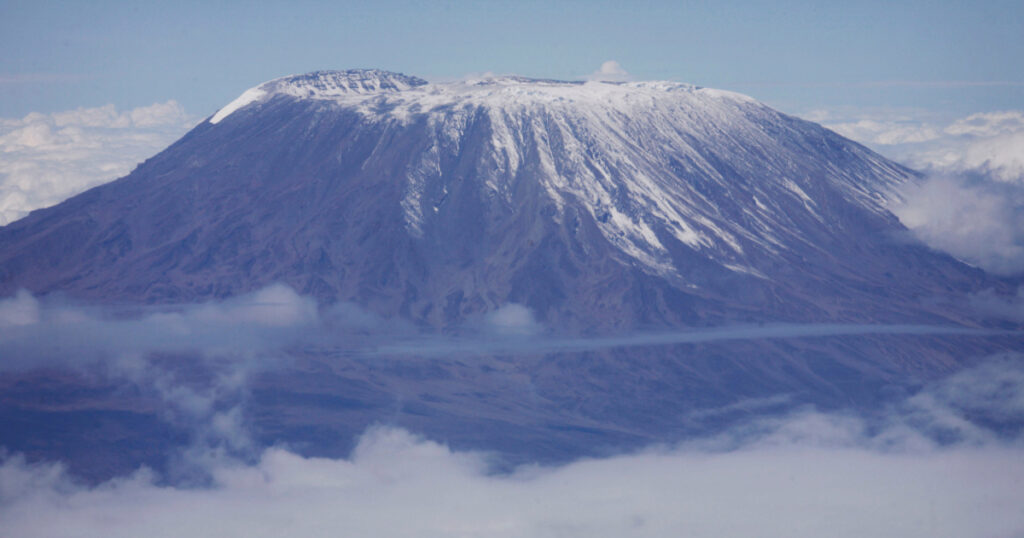
25. The ‘Alpine Desert Zone’, as the name suggests, is home to plants which can survive in drought conditions. A daisy-like flower grows here in abundance and is a popular sight. It is called Asteraceae.
26. Almost nothing grows at the zone known as the ‘Ice Cap’ apart from the resilient ‘Lichen’.
27. Lichen are to be some of the oldest living organisms on the planet! Growing a meagre 0.5 millimeters per year, it has been calculated that some are thousands of years old!
28. Disney’s movie ‘The Lion King’ features Kilimanjaro and the areas surrounding it. In the ‘Circle of Life’ sequence, you can spot some features which are recognizable in real life!
29. Disney offers a ‘Kilimanjaro Safari’ as part of its ‘Animal Kingdom’ experience. Visitors to this adventure park can see many animals up close in as authentic landscape as possible to the natural habitat they originated from.
30. Disney has donated approximately $3 million to support the recovery of Kilimanjaro’s local lion population, whose numbers have been sadly and drastically reducing.

